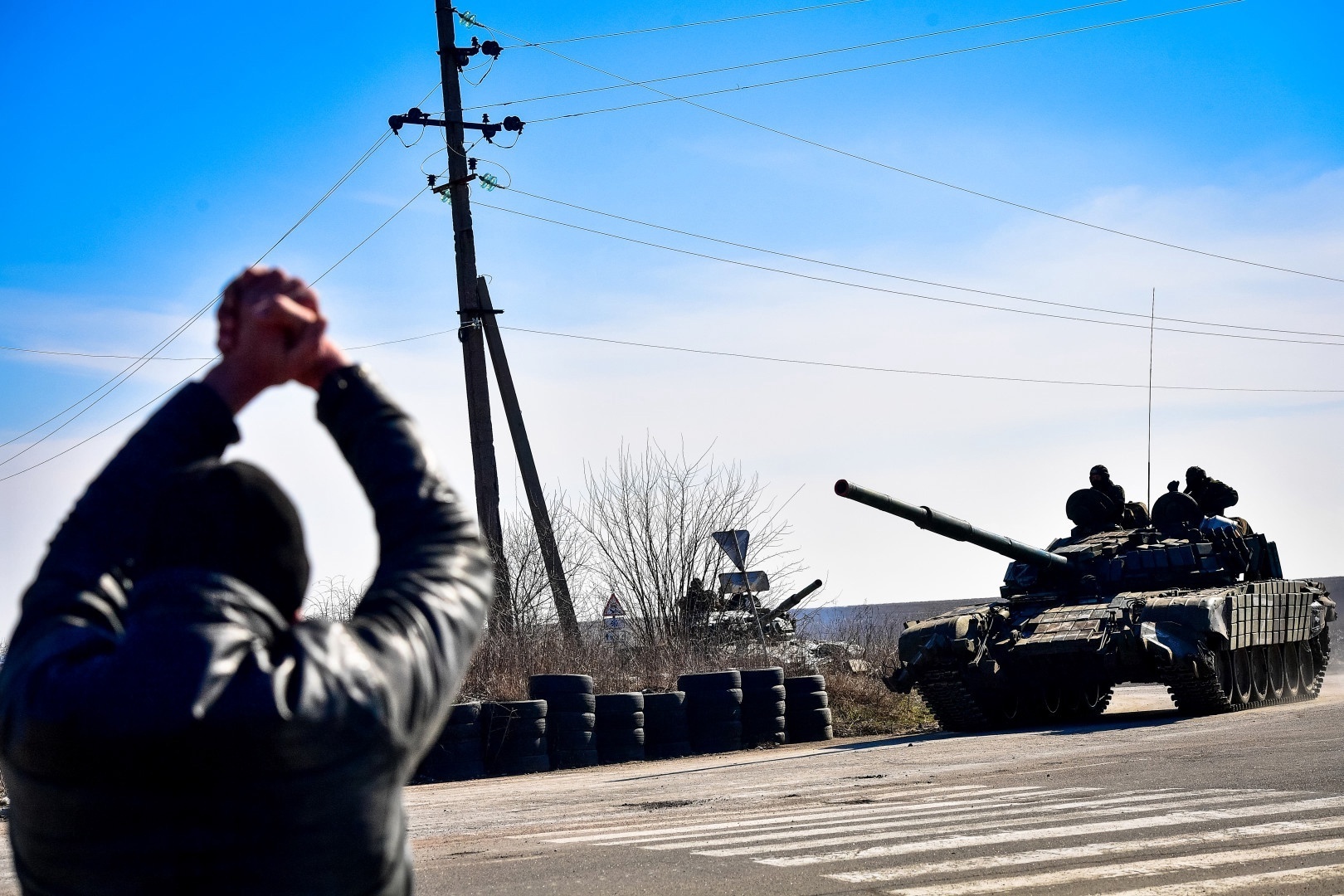
Yuri Tavrovsky, Chairman of the Expert Council, Russian-Chinese Friendship, Peace and Development Committee
It is hardly an exaggeration to say that these days the entire world order and its key mechanisms are being tested for strength. Some results are already visible; others will appear in the foreseeable future.
First of all, the world nuclear war, which seemed likely at the beginning of the conflict, did not begin. The Cold War, fortunately, did not enter the hot phase. But it became obvious the formation of two fronts of the global Cold War – western, Russian, as well as eastern, Chinese. The West is waging a Cold War on two fronts at once, which makes its position weaker, and the positions of the opposing fronts stronger.
Since the beginning of the conflict, the West has passed its strength test, showing unprecedented cohesion in countering Russia. Previous checks, for example, sanctions against the Chinese company Huawei, did not show such a level of synchronization of hostile actions. A role was played by the strategy of creating broad coalitions of President Biden, who abandoned Trump’s course to confront China, Russia and other strategic rivals alone. The December “Summit for Democracy” became a kind of parade of participants in the new Crusade against China and Russia, and the banner of the campaign was “the struggle of democracy against authoritarianism”. America’s allies are still being tested for patience with the pain of the side effects of the sanctions imposed on Russia, although possible deserters have already been identified. This pain should also be intensified by our targeted counter-sanctions.
The relations of strategic partnership between Russia and China are being tested for strength. They reached their peak as a result of a personal meeting of the commanders-in-chief, President Putin and President Xi Jinping on February 4 in Beijing. Bilateral relations continue to develop at two levels, as it were, arithmetic and higher mathematics. Putin and Xi Jinping proceed from national interests on a global scale, operate with historical dimensions and see long-term prospects. At the level of arithmetic, there are business circles whose understanding of interests is limited to profit figures for the quarter or, at best, for the year. In China, this situation is called “warm at the top and cool at the bottom”.
At the highest level, China fully fulfills its obligations as a strategic partner. This applies to the position in the UN and other international organizations, in rejecting Washington’s demands to join the anti-Russian front, in decisions to cancel some barriers to Russian exports that existed until recently, in information support of the situation in Ukraine in the spirit of “positive neutrality”. Obviously, Beijing is studying the reaction of the West to Russia’s actions and is “trying on” a total economic war in case the situation around Taiwan develops.
At the level of “arithmetic” the situation is now ambiguous. Most partners continue to fulfill the terms of contracts, show understanding of difficulties in payment or shipment. The stability of financial channels is of particular importance. The UnionPay payment system, having become co-branded with our “World”, acquires special value both for bilateral relations and for the domestic financial market of Russia. Aviation communication is fully operational. At the same time, a number of large banks, retail chains and manufacturers of key goods suspended operations with Russian partners. Their owners or managers are afraid of falling under the already promised sanctions of America to “violators” of the sanctions blockade of Russia.
Not only have the heads of private and public organizations, but also experts sometimes proceeded from considerations of benefit. A typical example is an article by prominent political scientist Wang Huiyao in the Hong Kong newspaper South China Morning Post: “Against the background of promising talks about ties with Russia, it is worth remembering that China’s economic interests in Russia look like a dwarf in comparison with ties with the West. In 2021, the trade turnover between China and Russia increased by 35% and amounted to $ 147 billion. This is less than a tenth of the total trade turnover with the United States (657 billion) and the European Union (828 billion)”.
The test of strength, of course, affects the most important geopolitical and geo-economic projects of the scale of the Belt and Road initiative, the SCO, the EAEU, and the BRICS. There are still some problems. Settlements with Russia were suspended by the Asian Infrastructure Investment Bank and some other major banks from Beijing. Flights to Russia of the Kazakh airline “Air Astana” have been discontinued. The movement of container trains on the transcontinental railway from China to Western Europe has not stopped yet. However, it can be interrupted at any time on the border with Poland. The export of Russian grain outside the EAEU has been suspended.
It seems that the “strength test” of the world governance system is far from over. It creates new risks, but it also opens up new opportunities to get rid of American hegemony. Trade flows will be reoriented, new production and logistics chains will arise. New joint banks and trading companies will appear, independent of the control and interference of the financial overseers of the West. New Eurasian payment systems will be created without the use of the dollar and euro, and then new regional currencies. In the new conditions, it will become even more important to synchronize the financial and trade policies of the participants of such organizations as the SCO, the EAEU, and the BRICS. But first we need to achieve the end of hostilities and the establishment of peace.

Location: 103 Kurortniy Prospekt, Sochi, Russia. The Radisson Lazurnaya Hotel
There must be time
Here are the terms of participation
Comments
0